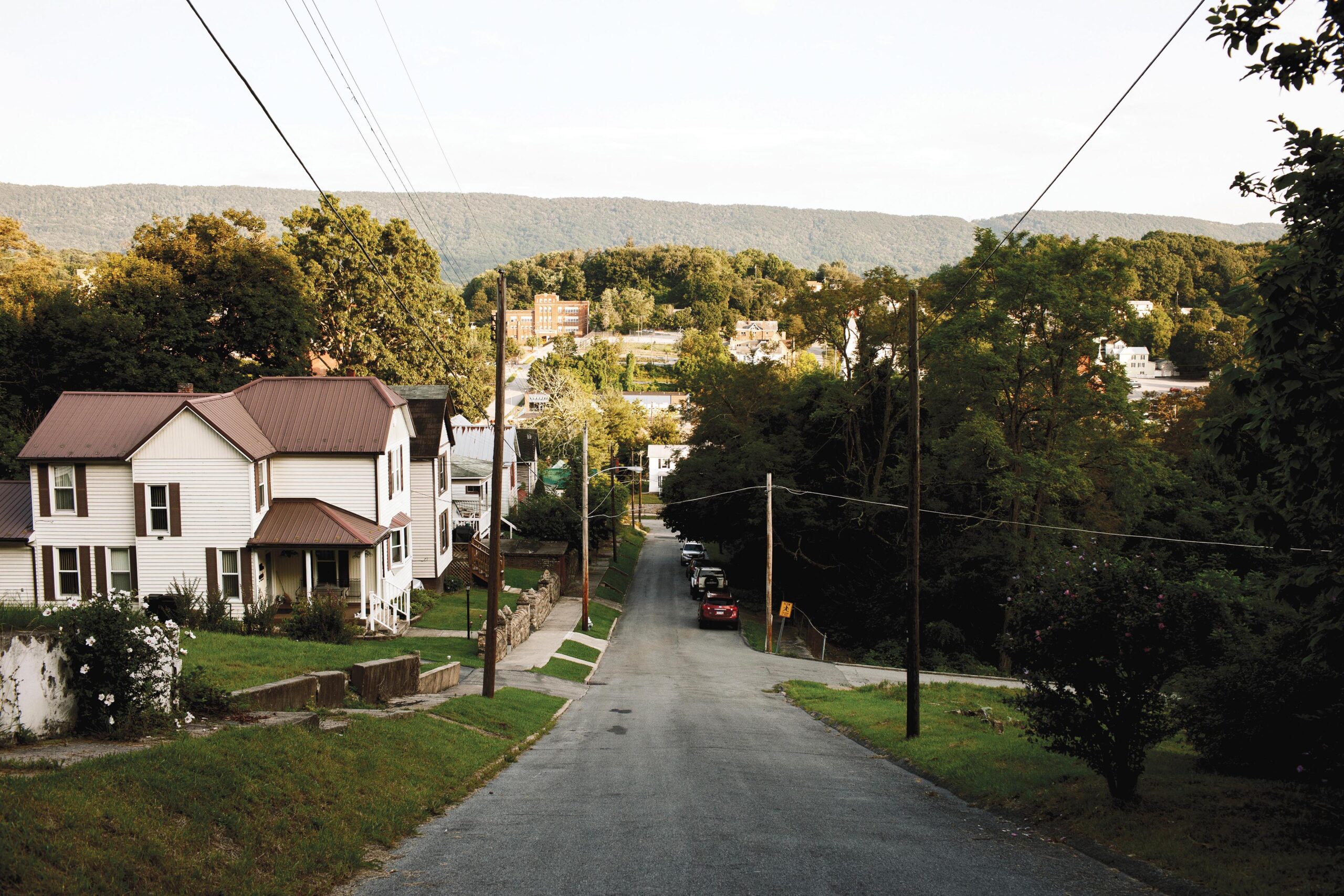When I show up for work, hours after wrangling breakfast for my two school-age children, I work alongside colleagues with newborns at home, those who have no children, those who spent yesterday afternoon taking an aging parent to the doctor. Our various life stages and stations are each worthy of respect and can make us quite from each other. Diversity in the caregiving responsibilities that individuals shoulder outside of the workplace represents a quiet type of diversity. It can fly beneath the radar screen. Individuals often work hard to conceal whatever extra effort is involved in their home-life.
A survey from 2019 shows the mismatch between the effort expended by worker-caregivers and their visibility within the workplace. Over 80 percent of employees with caregiving responsibilities reported that they had the burden of those responsibilities on their work. By contrast, less than a quarter of employers reported that they had seen, or been aware of the same influence of caregiving on work. Had COVID-19 not burst into our lives, this quiet diversity might have remained quiet. But COVID-19 dramatically changed many workplaces. It heightened family responsibilities in ways that are difficult to ignore. In the spring, for example, countless schools and childcare providers closed. As of September 2020, at least 9 million children in the U.S. are attending schools offering only distance learning.
Human dignity and work-life balance
In February of 2020, the Families Valued initiative at the Center for Public Justice wrapped up a round of interviews with faith-shaped employers who had taken intentional steps to establish a family-supportive workplace in one or more of the following dimensions: core values, time, space, compensation, and culture.
We learned that, across a range of workplaces – from food production to health care to congregational ministry – there are leaders working with intention and vision to align their workplace practices with their high view of human dignity and its expression in family life. Some were investing in cross-training and communications patterns to allow parent-workers the flexibility to be home with a sick child or meet with a teacher. Some had affirmed callings to give birth or adopt by expanding their paid parental leave programs. When we reconnected with these institutions this fall, after the shock of COVID-19 had subsided, we learned that many of them had responded to turbulence with agility.
The Stroopie Company, a small business that produces and distributes Dutch-style stroopwafels and manages a workforce of refugee women, guaranteed its employees paid leave as soon as shelter-in-place orders caused their plant to close. They later relied on a federal small business loan program to bring everyone back to work. Community of Hope, a health care provider that had carved out space in their building for wellness activities, including space for nursing mothers, quickly dedicated time and resources to remote mental health services when COVID-19 emerged.
Accommodating families in the workplace
The possibility that family-sensitive workplaces had a head start in preparing for the pandemic’s collapse of work and family life should not come as a surprise. Proactive efforts are what follow from a habit of acknowledging the specific diversity fostered by the acknowledgement of caregiving within a community of work. Elizabeth Schiltz, a legal scholar who has publicly connected her faith with her academic work, argues that the core value of acknowledging and accommodating workers who are caregivers, and specifically mothers, lies in neither a short- nor a long-term cost-benefit analysis. Its value lies not in its value as a tool for recruiting female workers.
Instead, its value lies in the fact that it is by accommodating motherhood (and parenthood) that an organization best comprehends the human. She writes,
One of the greatest benefits mothers offer a business is the very fact that, from time to time they do impose burdens, burdens that offer a powerful witness to the rhythms of life. These are the rhythms at the beginning of the day, and the end of the day, when children, the sick, and elderly parents need to be held, fed, bathed, comforted, and loved.
What does COVID-19 require of all of us but to attend – to attend to children, the elderly, the sick, and even to ourselves? Those workplaces that had already contemplated the rhythms of care and the realities of human vulnerability may have found themselves well-positioned to respond to this crisis.
If it is true, as many predict, that there will be no “going back to normal” after the COVID-19 pandemic, then there is an opportunity, in the singular moment in which we find ourselves, to say out loud what is often quiet: that many workers bear caregiving responsibilities.
By organizing work in light of these responsibilities, we might well honor the diversity God has created in humanity and make our communities of work more resilient.




